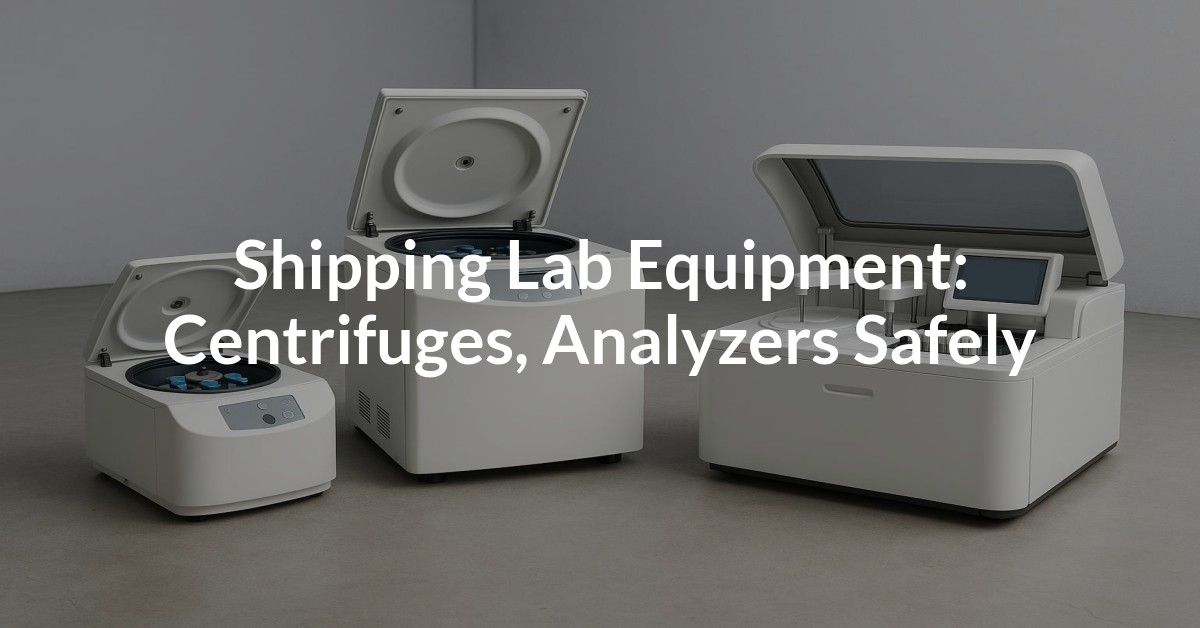Shipping lab equipment such as centrifuges and analyzers requires meticulous planning to ensure that these sensitive instruments reach their destination safely. As trusted partners in freight transportation across the United States and Canada, FreightSidekick provides comprehensive solutions tailored to the nuances of lab equipment shipping.
Understanding Lab Equipment Dimensions and Weight
Before shipping, it is essential to understand the dimensions and weight of lab equipment, as these factors influence the selection of the appropriate freight service. Centrifuges and analyzers can vary significantly in size, with some models being compact and portable, while others are larger and more complex, requiring careful handling during transit.
Selecting the Right Freight Service
FreightSidekick offers a variety of freight services to accommodate the specific needs of lab equipment transport, including:
- Full Truckload (FTL): Suitable for large or high-value shipments. Options include Dry Van, Refrigerated, Flatbed, Step Deck, and Drop Deck.
- Less Than Truckload (LTL): Ideal for shipping smaller equipment up to 15,000 lbs, such as individual centrifuges or analyzers.
- Partial/Shared Truckload: A cost-effective option for medium-sized shipments that require less than a full truck but more space than LTL.
- Smaller Equipment Transport: Utilizes box trucks, hotshots, cargo vans, and gooseneck trailers for flexible and efficient transport.
Loading and Unloading Procedures
- Secure the equipment properly using custom crates or reinforced boxes to avoid any movement during transit.
- Employ material handling tools such as pallet jacks or forklifts for loading heavy items.
- Ensure trained personnel handle the loading and unloading to prevent equipment damage.
Creating and Using a Bill of Lading
The Bill of Lading (BOL) is a critical document that outlines the terms of the shipment and acts as a contract between the shipper and carrier. It is a legal requirement for all freight shipments.
To create your BOL easily, use our Bill of Lading Generator for a free and compliant document to accompany your shipment.
Cost-Saving Strategies and Best Practices
Here are strategies to optimize your shipping costs:
- Combine shipments to leverage better LTL rates.
- Plan shipments during less busy periods to avoid peak season surcharges.
- Use our Freight Quote Tool to compare and select the best pricing options.
Common Pitfalls to Avoid
Avoid these mistakes to ensure smooth transit:
- Ignoring proper packaging standards, which can lead to damage.
- Underestimating the importance of precise documentation, particularly the BOL.
- Choosing the wrong type of freight service, which can inflate costs or delay delivery.
Personalized Assistance
Get a quote today, call 877-345-3838, or email support@freightsidekick.com










